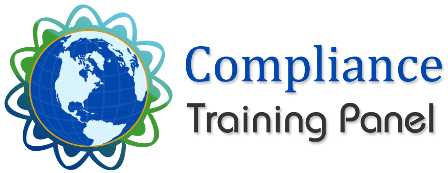
Corrective and Preventive Action (CAPA) - Requirements and Extending to avoid waste.
Presented By Compliance Training Panel
Tuesday, September 11th at 1:00pm EST
Online sale ends: 09/11/18 at 12:45pm EST
Online Event
NA
Bethesda, MD 20817
-= series =-
Buy Tickets
|
Talent
William A. Levinson Description
Several generally accepted and off the shelf CAPA processes are available to support the requirements of ISO 9001:2015 and IATF 16949. This webinar will provide an overview of the Ford Motor Company’s 8D process, the similar AIAG Effective Problem Solving process, Toyota’s A3 process, and Error Cause Removal (ECR)—a far simpler and less formal process that can be used when there is no need for a detailed and cross-functional project.
Objective: Attendees will learn how CAPA supports the requirements of ISO 9001:2015 and IATF 16949, including the ISO 9001 clause on "Actions to address risks and opportunities" which encompasses preventive action. CAPA can, however, be extended proactively to address muda (waste) and to realize other opportunities—an actual or potential trouble source is not a prerequisite. Attendees will also learn the vital principle that engineering controls (error-proofing, poka-yoke) are far superior to administrative controls that rely on worker vigilance. Areas Covered in the Session : CAPA is a mandatory element of ISO 9001:2015 and IATF 16949, but its applications go well beyond the traditional contexts of (1) reactive and corrective action for poor quality and (2) proactive and preventive action for potential sources of poor quality. The same process, minus the containment step for poor quality, is applicable to many opportunities such as those to remove waste. AIAG's Effective Problem Solving, Ford's Team Oriented Problem Solving, 8 Disciplines (TOPS-8D), and Toyota's A3 process all start by defining a problem, contain the problem (where applicable, i.e. generation of nonconforming work), perform root cause analysis, and then implement and verify actions to eliminate the root cause. The problem and its solution must then be added to the organization's knowledge base (ISO 9001:2015 clause 7.1.6, Organizational knowledge). Henry Ford put it very simply: "The benefit of our experience cannot be thrown away" (Moving Forward, 1930). Best practice deployment shares the solution with related activities in the organization. Error cause removal (ECR) is a far simpler approach to applications in which a multistep cross-functional project is not needed. They can be implemented on the spot by the process owner, subject to the consideration that management of change—the principle that any process change can have unintended consequences—not apply. The superiority of engineering controls, which make mistakes, accidents, and defects impossible, over administrative controls that rely on worker vigilance, cannot be overemphasized. Who Will Benefit: • Quality and manufacturing managers • Engineers • U.S. food processors, distributors, retailers and restaurant chains importing food from foreign countries • Technicians with responsibility for corrective and preventive action • Foreign food producers, importers and exporters About Speaker: William A. Levinson, P.E., FASQ, CFPIM, is the owner of Levinson Productivity Systems PC. He holds professional certifications from the American Society for Quality, APICS, and Society of Manufacturing Engineers. Organizer: Compliance Training Panel Email: support@compliancetrainingpanel.com Phone: 844-216-5230 |
Presented By
1:00pm to 2:00pm
General Admission: $179.00
21+
200 844-216-5230 UPCOMING EVENTS
PAST EVENTS
Wednesday, August 22nd
Online Event Past Event
Thursday, August 16th
Online Event Past Event
|




